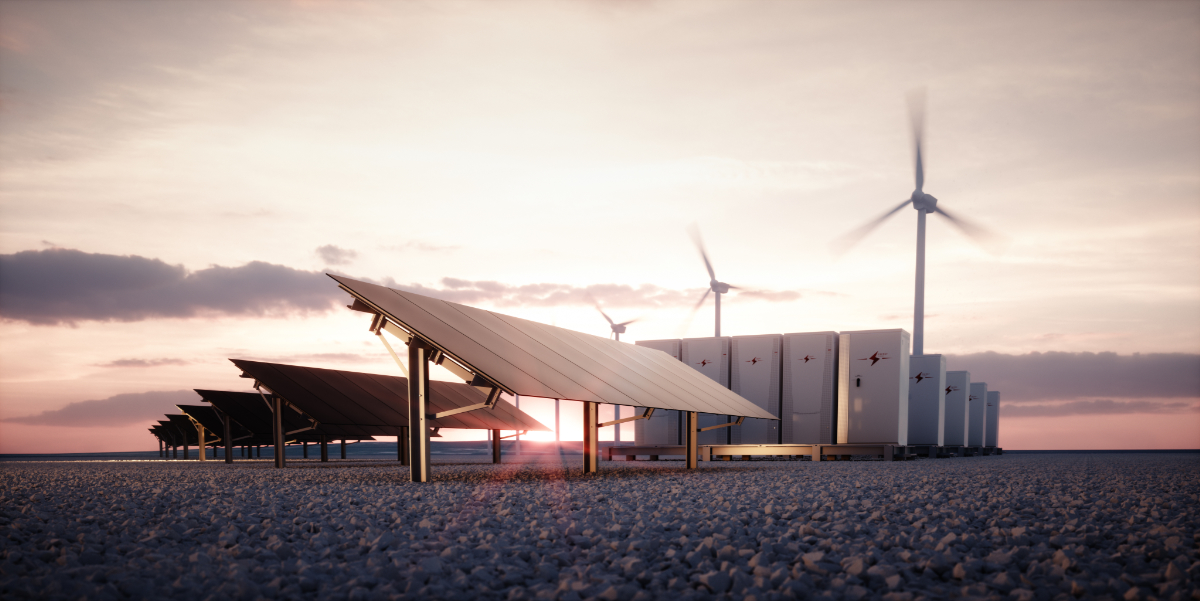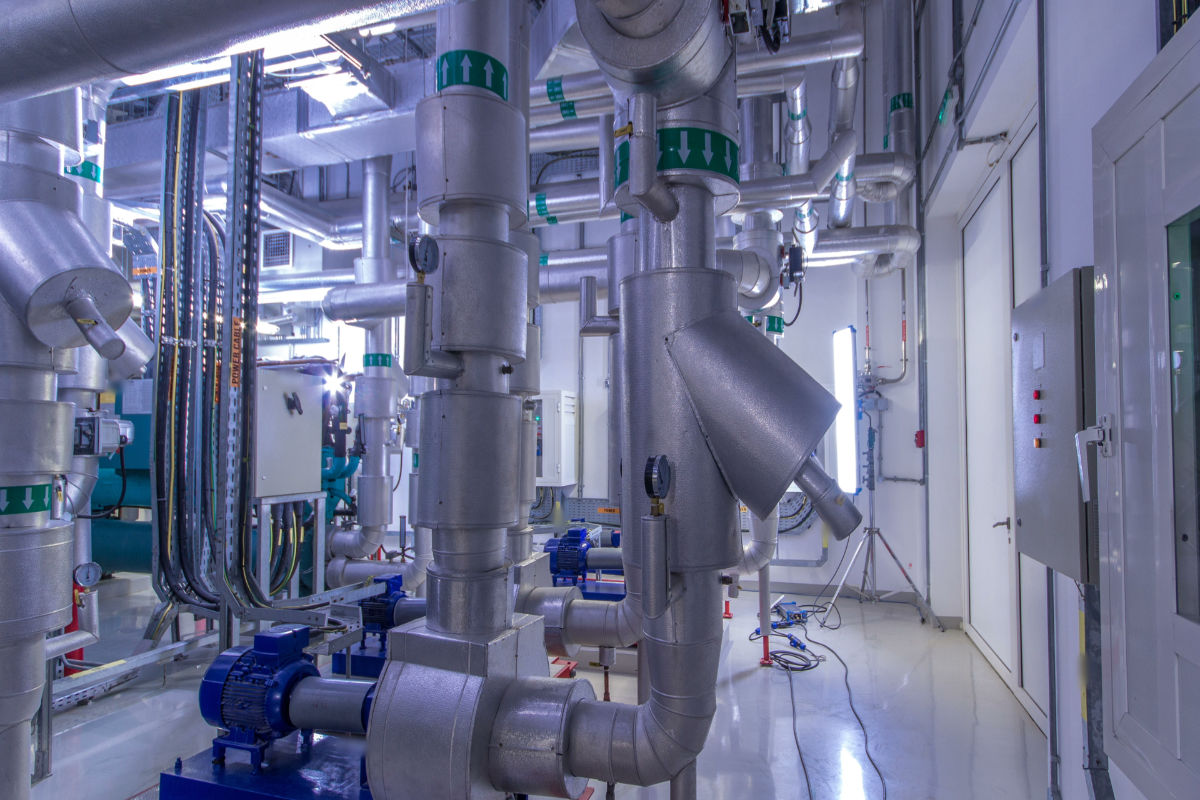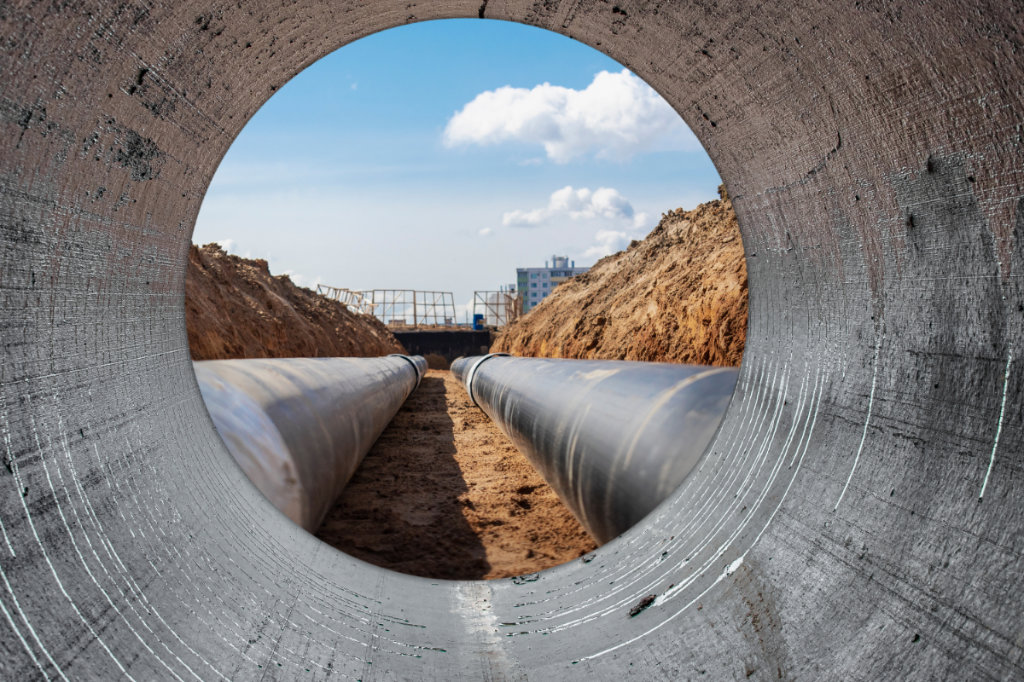
Electrical power plays a crucial role in virtually all aspects of modern life, from electrical utilities delivering power to our homes to the powering of our electrified transit systems, and steady and reliable sources of energy are essential to the ways that we all live, work, play, travel, and socialize every day. The world of electrical power transmission is also rapidly changing and evolving.
As new technologies emerge and concerns over issues such as climate change and sustainability grow ever more pressing, we are seeing numerous exciting developments in our electrical infrastructure, power generation systems, and power delivery solutions.
In today’s blog post, we will look at nine of these emerging technologies and consider the impact they are having and will continue to have on how we consume and use electricity.
High-Voltage Direct Current (HVDC) Transmission
High-voltage direct current (HVDC) systems are energy-efficient solutions that experience lower line losses over long distances than alternating current (AC) transmission. This makes them the more efficient choice for cross-country and underwater applications. HVDC systems typically utilize voltages between 100kV and 800kV, though there are systems capable of handling up to 1,100kV.
HVDC enables the connection of different frequency grids, facilitating power exchange between regions with different electrical standards. It enhances grid stability by providing controllable power flows and reducing the risk of blackouts, and facilitates the integration of remote renewable energy sources, such as offshore wind farms and distant solar power plants, into the grid.
Despite the higher initial costs of setting up HVDC, reduced transmission losses and improved grid management capabilities can make it more cost-effective in the long run.
Flexible AC Transmission Systems (FACTS)
Flexible AC transmission systems (FACTS) enable enhanced voltage control thanks to devices such as static synchronous compensators (STATCOMs) and static var compensators (SVCs), which regulate voltage levels to ensure stable and optimal operation of the power grid.
They allow for better power flow management and dynamic control of power flows through the grid, which can help prevent overloads and reduce congestion. They also boost the capacity of existing transmission lines without the need for costly new infrastructure.
FACTS support the integration of variable renewable energy sources by managing their intermittency and variability, and by optimizing existing grid infrastructure and reducing the need for new transmission lines, they minimize land use and environmental impact. This makes them an environmentally conscious choice.
Superconducting Cables
Superconducting cables are wires made from superconductive materials such as niobium-titanium. The near-zero resistance of superconducting materials at cryogenic temperatures leads to negligible energy losses, making them a highly efficient option. These reduced losses mean less overall energy generation is required, leading to lower carbon emissions and a smaller environmental impact.
Superconductors are less prone to overheating and degradation than other wire materials, such as aluminum and copper, enhancing the reliability of power transmission. Advances in cryogenics are also lowering the operational costs associated with maintaining superconducting states.
Superconducting cables can carry significantly more power in a smaller footprint than many alternatives, making them ideal for urban environments.
Dynamic Line Rating (DLR)
Dynamic line rating (DLR) is a technology that calculates the rating of electrical conductors based on local weather patterns. DLR systems use sensors to continuously monitor environmental conditions, adjusting line ratings dynamically in real time.
DLR increases the efficiency and lifespan of existing transmission lines by optimizing their capacity based on actual conditions instead of estimates. In this way, DLR reduces the need for new infrastructure by maximizing the use of current assets, potentially delaying or eliminating the need for costly new transmission projects.
It also improves grid reliability by responding to changing demand and supply conditions, reducing the risk of outages. DLR systems are designed to work synergistically with smart grid systems, providing a more resilient and adaptive power network.
Advanced Grid Storage Solutions
Advanced large-scale energy storage solutions provide essential grid services, such as frequency regulation and voltage support. These solutions include an array of storage technologies, such as lithium-ion batteries, flow batteries, and mechanical storage systems, each suited to different applications.
Advanced grid storage solutions support the integration of renewable energy sources and enable the balance of supply and demand by storing excess energy generated from renewables and releasing it during periods of low generation. They reduce the need for peaking power plants by discharging stored energy during high-demand periods and provide cost savings through energy arbitrage, buying electricity when prices are low and selling when prices are high.
Wireless Power Transmission
Wireless power transmission systems utilize innovative technologies such as resonant inductive coupling, microwaves, and lasers to transmit power without physical connections. They are ideal for providing power to remote locations—islands, mountainous regions, and disaster zones—where traditional infrastructure is impractical.
These solutions also show promising future potential for applications such as electric vehicle charging, space-based solar power, and the powering of unmanned aerial vehicles (drones).
Wireless power transmission eliminates the need for extensive physical infrastructure, reducing installation and maintenance costs and providing a cost-effective alternative. It is safe and efficient, with rapid advances in technology addressing concerns about energy losses and health impacts.
Power Electronics and Solid-State Transformers
Power electronics and solid-state transformers (AC/AC converters that can replace conventional transformers) allow for precise control of power flows, greatly improving the efficiency and flexibility of power distribution systems.
Solid-state transformers are smaller and lighter than their traditional counterparts, enabling easier installation and reducing space requirements.
They improve efficiency by reducing the energy losses associated with power conversion, facilitate the integration of distributed renewable energy sources and energy storage systems into the grid, and provide built-in protection mechanisms against overvoltage, short circuits, and other grid anomalies.
High-Temperature Superconductors (HTS)
High-temperature superconductor (HTS) cables can carry more current than conventional conductors, enhancing the capacity of power transmission systems. This higher carrying capacity and corresponding loss reduction contribute to more reliable and stable grid operations. HTS systems also operate at higher temperatures than traditional superconductors, reducing the complexity and cost of cooling systems.
Thanks to their compact design, HTS systems are ideal for densely populated urban areas and other space-constrained environments. In combination, their high efficiency, low loss rate, and low space requirements contribute to a smaller environmental footprint than many of their alternatives.
Advanced Conductor Materials
Rapid scientific advances have enabled the use of several advanced conductor materials in the transmission of electrical power. Each of these materials comes with an array of advantages.
Carbon nanotubes, for example, exhibit superior electrical conductivity and mechanical strength, offering significant improvements over traditional materials.
Graphene, meanwhile, is known for its exceptional conductivity and flexibility. As a result, experts believe that graphene-based conductors could revolutionize power transmission.
Nanostructured materials incorporate materials engineered at the nanoscale to enhance electrical performance and durability.
These advanced conductor materials offer lower resistive losses, improving overall power transmission efficiency. And, as many of these new materials are more abundant and environmentally friendly than traditional copper and aluminum conductors, they present an eco-conscious alternative.
MAC: Your Trusted Supplier of Electrical Power Transmission Components and Services
Here at MAC, we have been supporting the electrical utility, electrified transit power, and related industries for more than 50 years. We supply an array of components, accessories, and services, including sourcing hard-to-find components and custom fabrication.
If you would like to learn more about our products or services, or any of the technologies we have discussed in this post, please contact us, and we will be pleased to help in any way we can.
Related Posts

What is the Custom Fabrication Process and Why Is It Crucial for Electrical Utility and Transit Projects?

Revolutionizing Cable Cooling: Innovative Solutions for Efficiency and Sustainability in Electrical Utilities



